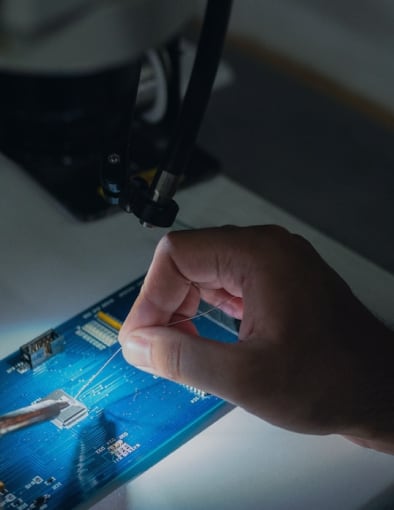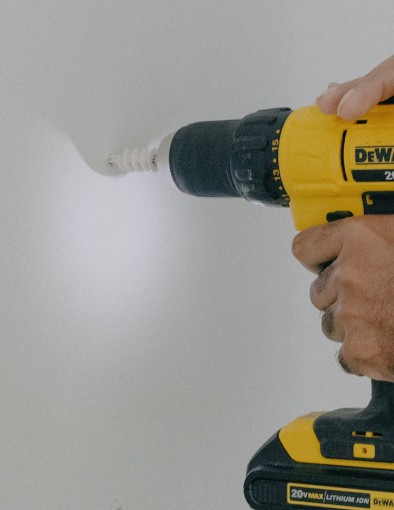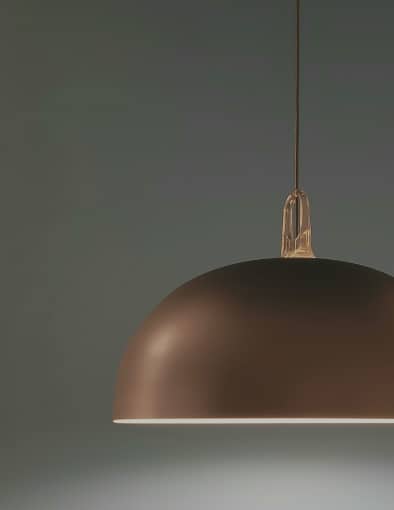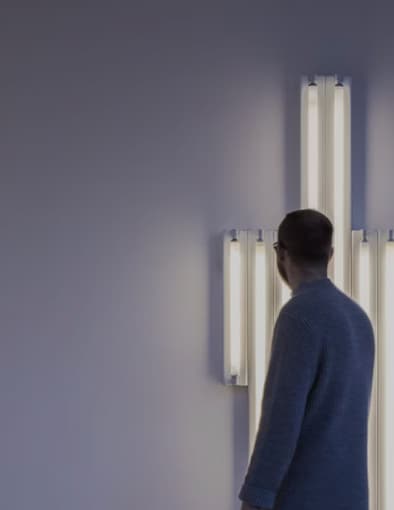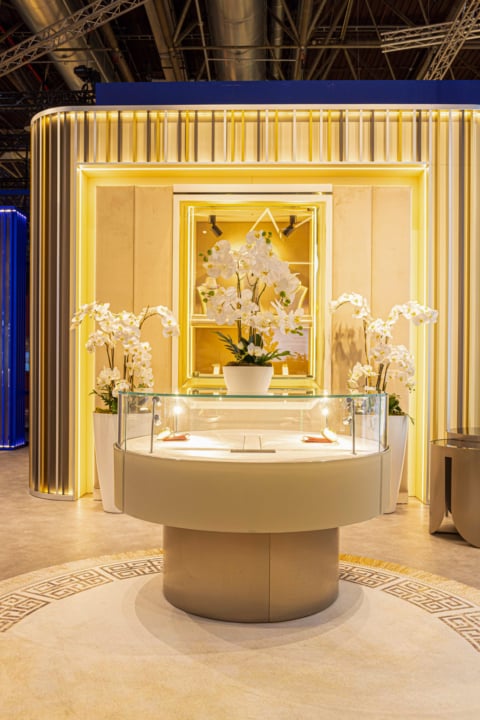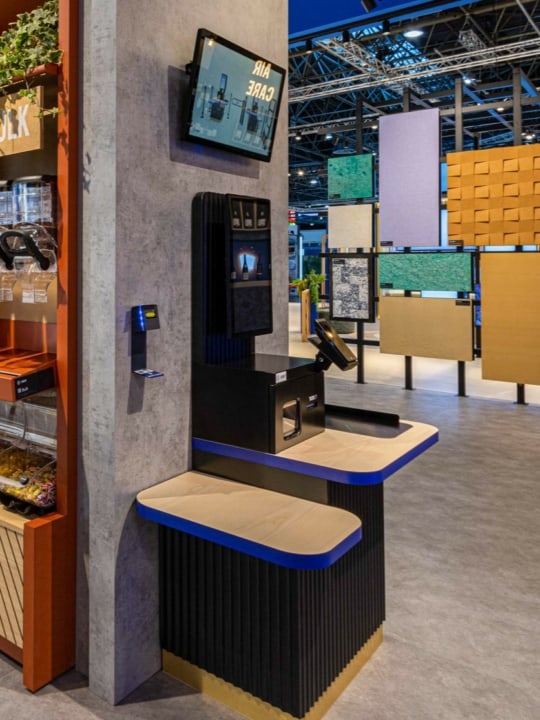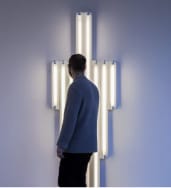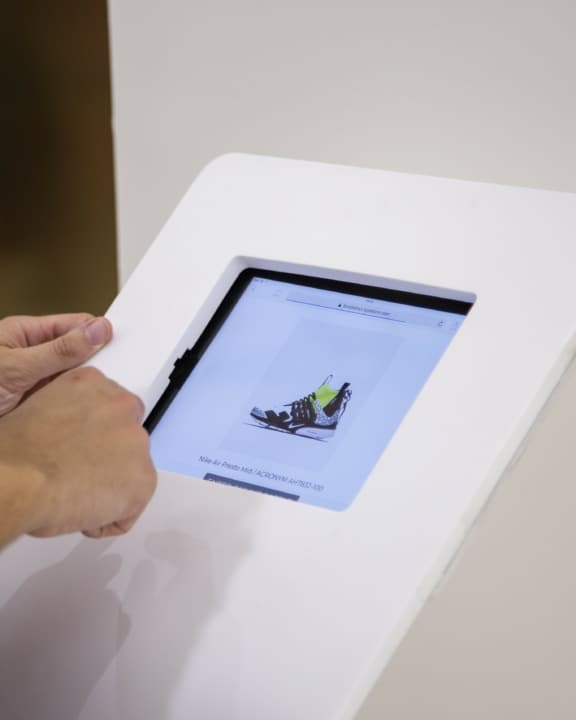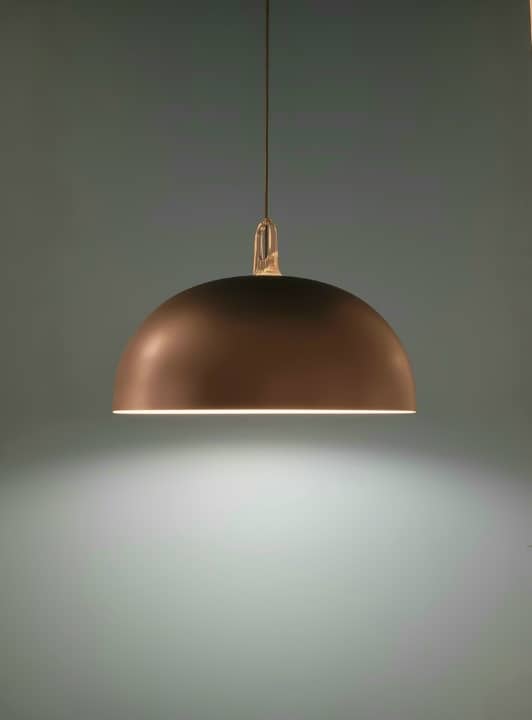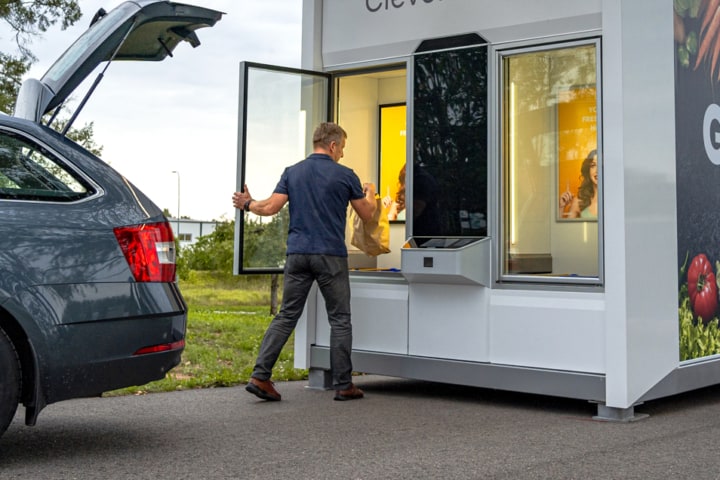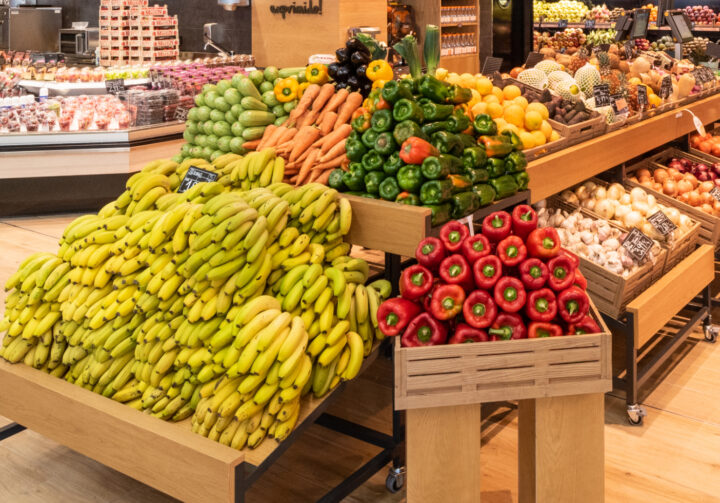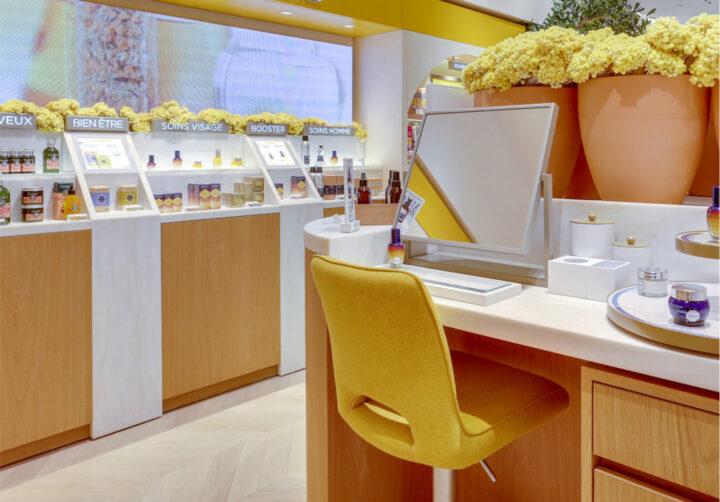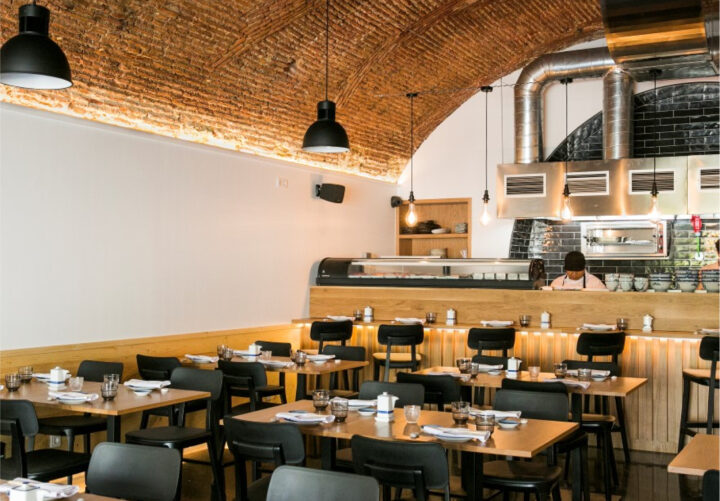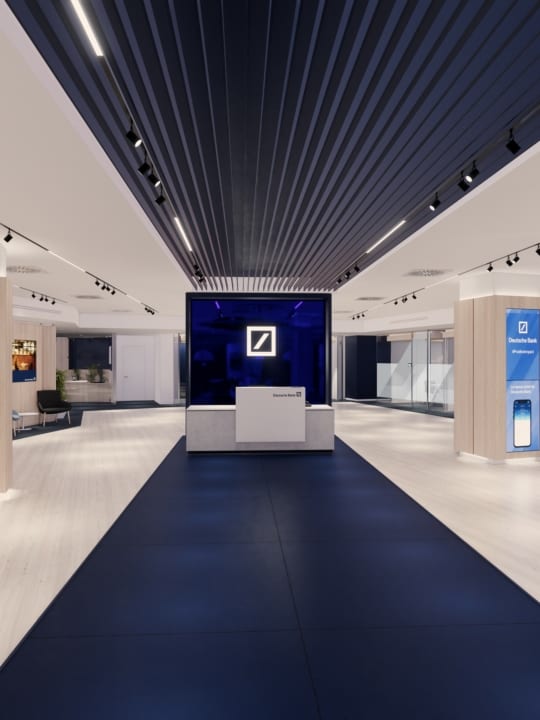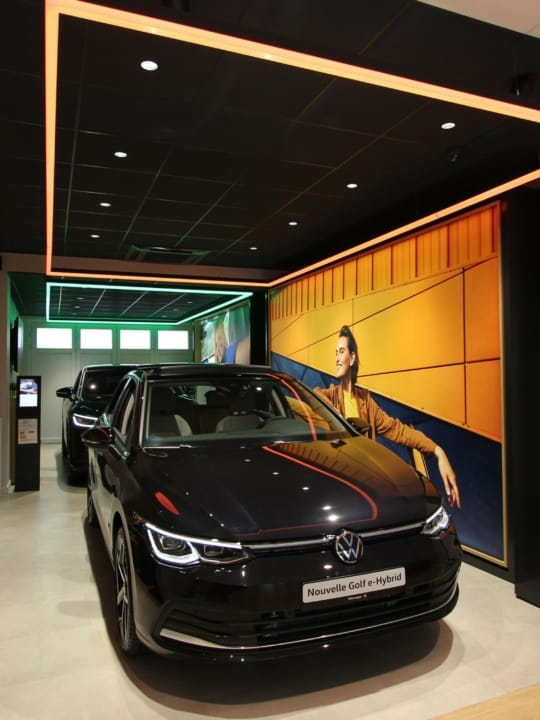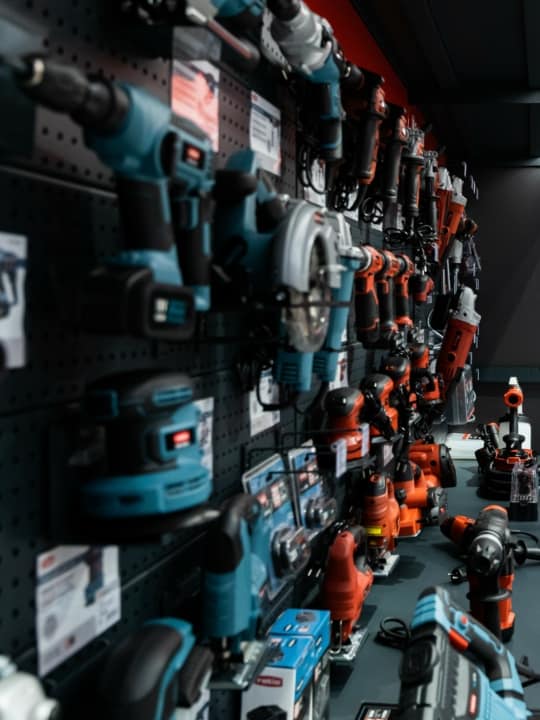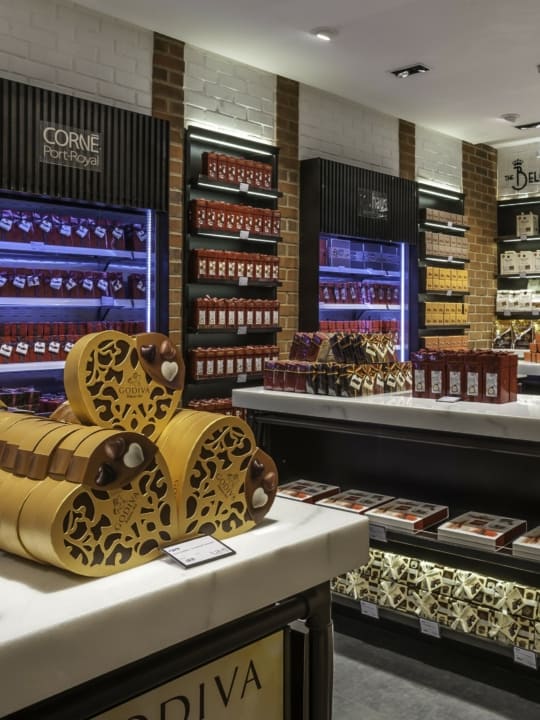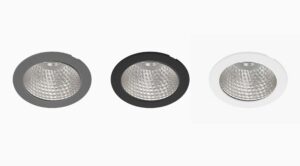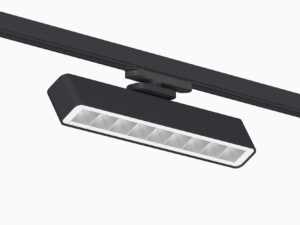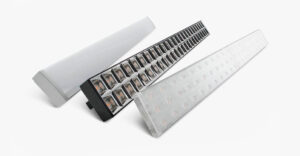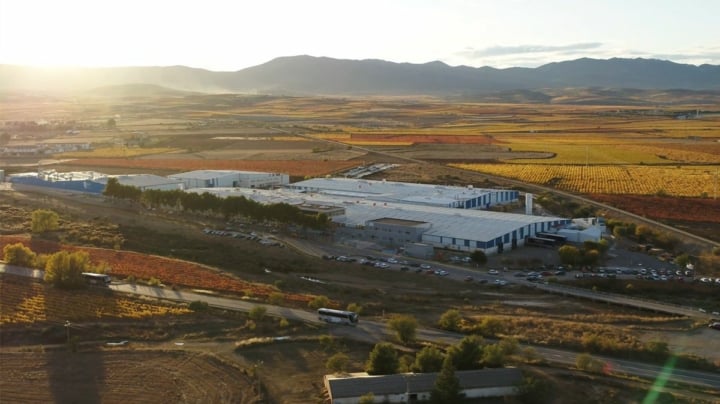Planograms are an essential element when planning the layout and interaction with the customer in any physical store. However, do you know what they are exactly?
What is a planogram?
A planogram is the graphic representation of the way in which a number of products will be placed and distributed in a certain area of the store, whether on a gondola, shelving, display, etc.
In this way, the customer will not only know what the physical layout of the store will be, but also how the products will be placed in each of the different areas.
Advantages of using a planogram in retail
Planograms are a very useful tool for trade marketing, since they provide multiple benefits. They enable you to quickly make different versions of how the products will be structured in sales spaces. Thanks to this, it is possible to plan the visual aspect of the shelves and gondolas, as well as to better forecast the stock and technical material that will be needed.
Maximise space
The use of planograms allows you to better plan space by optimising the different areas of our store. In addition, it allows us to better organise the layout of products and have more control of how each of them will be presented in our store before investing resources in physically making these changes. Additionally, proper installation maintenance of shelving and display units is crucial to ensure that the planogram layout remains consistent and safe over time.
In addition, the store planogram can be converted into a negotiation tool with different brands and suppliers. That is to say, the space and place the products are placed are transformed into elements of great value for the brands, through which they allow the managers of the establishments to reach special and advantageous agreements for the store or distributor. It also allows them to give them a space in a certain area, create a feeling of ownership and offer them greater visibility, which undoubtedly is attractive to manufacturers.
Increase sales
Greater control and organisation translates into better sales, in addition to the savings implied by better stock management.
This control over the location and way of visualising the products in the retail outlet, accompanied by Business Intelligence, allows us to perform certain analyses that determine which positions or locations can boost the sales of a certain product.
This information is not only useful to boost sales of that particular product, but also allows us to create cross-selling strategies that help us generate greater profits for our business.
Planogram types
There are different types of planograms based on the way in which the products are displayed in it:
Text-based
These are the simplest planograms to make, but also the least intuitive and with which it is more complicated and slow to work. It consists of a document with boxes in which the product that will go in each space is indicated with its name.
Picture-based
This planogram is more complex as it not only details the location of the products, but also the way in which they are going to be exhibited.
Three-dimensional
This is the most complete planogram that allows you to visualise not only the location and outlay of the products, but also their quantity and the signage accompanying them. Being in 3D, these planograms are created to cover the layout of an entire department, making it possible to create an image that is very close to the final layout of that section of the store.
How to make a planogram?
Normally, the creation of a store planogram usually involves software created specifically for it, although it is also possible to create them with graphic design programs. The use of retail technology tools, such as planogram software and data analytics platforms, enhances the precision and efficiency of visual merchandising strategies.
What should we keep in mind when creating a planogram?
Organisation
It is essential to organise products so that they can be easily located by consumers; therefore, we must group products into categories that are intuitive and recognisable.
Height
The height at which we are going to place our products is decisive to favouring their visibility. Products that are at eye level will be the first to be seen by consumers, while products in lower areas can attract children’s attention.
Cross-selling
A proper outlay of products can help us generate more sales by favouring cross-selling or complementary sales.
Conclusions: an essential tool for better management
The use of planograms to plan our spaces yields numerous benefits that should not be disregarded by retailers. Not only will it help us maximise our spaces and generate better sales, but it can be a very useful support for specialists in trade marketing and visual merchandising. For further assistance in implementing planograms or choosing the right tools, you can contact our visual merchandising support team.

